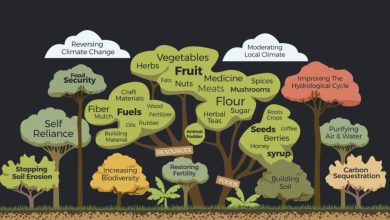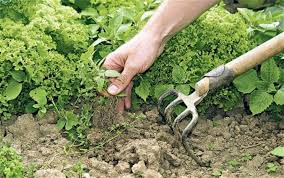7 Types of Urban Gardens, their objectives and benefits
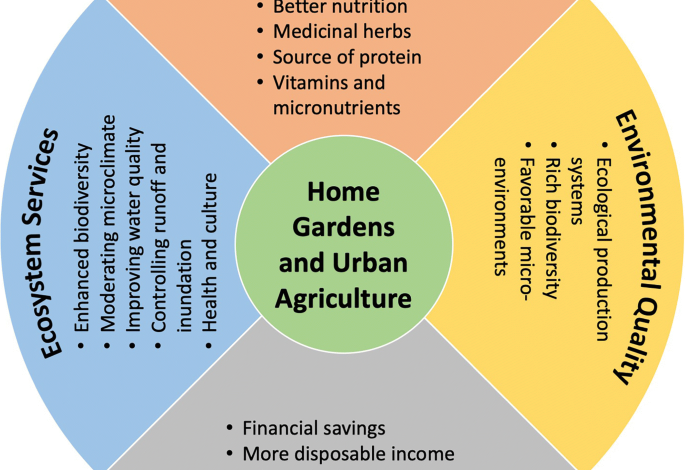
Here is the continuation of the post «What are orchards in cities like», in which I told you about the main types of urban orchards. Well, now I am going to explain a little the particularities of each one of them.

What types of urban gardens are there? How are the orchards in the cities? Below we will see a list with various types of gardens, various forms of urban agriculture with different objectives but with many benefits.
1. Private gardens for profit
The owners of these orchards cultivate them and sell the harvested organic products to their clients (individuals, restaurants or consumer groups). An example is the ecological greenhouses of Apadrinauntomate (well… it would be if they were in a big city, I mean… because in these orchards they are in a rural area, in Cantabria).
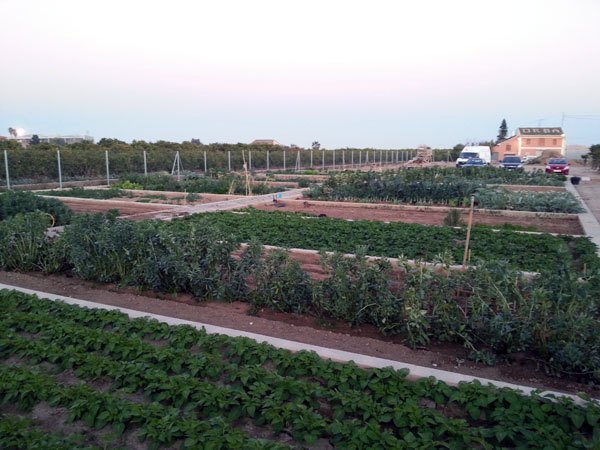
Rental orchards for leisure also belong to this group: private land where small plots are rented to urban horticulturists, such as the Tomba L’Olla orchards in Valencia. Private users pay monthly or annual fees for their orchards, which usually include services such as irrigation, tools necessary for cultivation, professional advice, etc.
In the article Urban gardens: create, rent, share, you can learn more about more types of rental gardens or shared gardens.
2. Home gardens or family gardens
Private orchards cultivated inside the houses, patios, gardens or balconies of the owners.
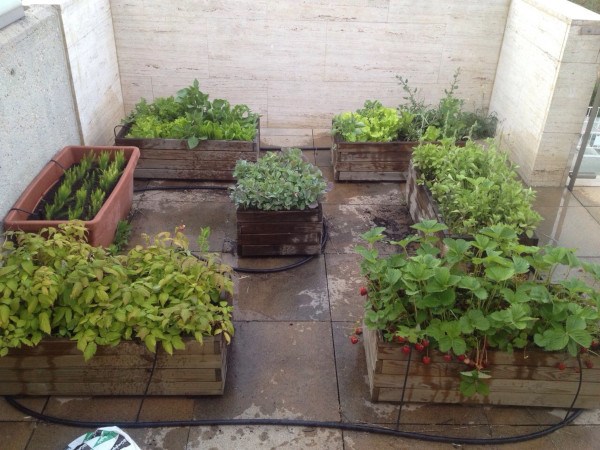
There are many modalities, since their form depends on the space and time available: gardens in pots or planters, gardens on cultivation tables, gardens on terraces or directly on the ground, vertical gardens… You can read more about this in the post on the classification of home gardens.
3. Public leisure gardens
Public orchards are established on ceded (or rented) plots that are located on public land managed by state or municipal administrations. They are normally used for organic farming and the teaching of sustainable techniques.
The administration is responsible for the management and maintenance of the facilities, and establishes the allotments of the plots, schedules, rules of use, etc. An example is the Retiro garden, in Madrid.
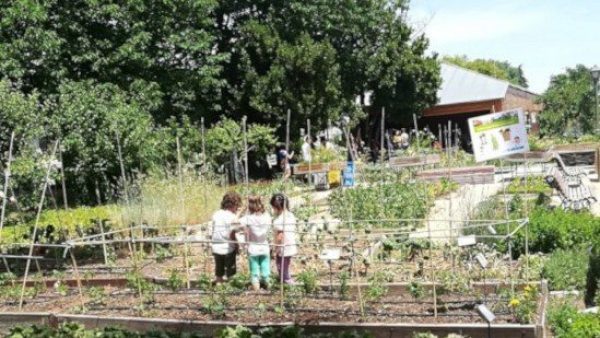
In many cases, public gardens are intended for specific social groups, such as the elderly, the unemployed, children, or people in a situation of social exclusion, etc.
The main objectives of municipal orchards and other public orchards are: the recovery and conservation of urban spaces and local varieties, the practice and dissemination of organic farming, educational and training use, and the creation of spaces for socialization, especially for the most vulnerable groups.
4. Community urban gardens
Community gardens are normally located on public land or neighborhood properties (which are ceded to the community of gardeners), and they are free spaces with free access, where the residents of the area work to carry them forward thanks to teamwork and bearing in mind agroecological techniques to obtain healthier and more natural foods.
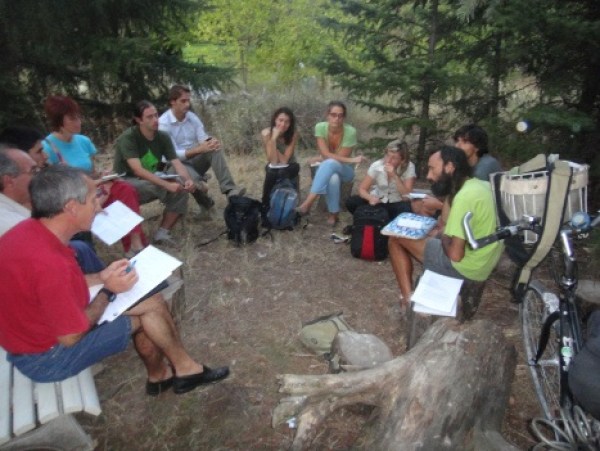
An example is the El Campo de Cebada Community Garden, I recommend that you read the post of our visit to this organic garden in the heart of Madrid.
In these gardens there are people of all ages, ideologies and cultures (since anyone who wants to can become part of the «community of gardeners» of a community garden), so knowledge and experiences are shared that are useful, enriching, and even therapeutic. Basic social values and attitudes are also promoted, such as tolerance, solidarity or respect for the environment.
5. Educational gardens
There are several types of orchards whose objective is environmental education, agricultural training or support for basic education.
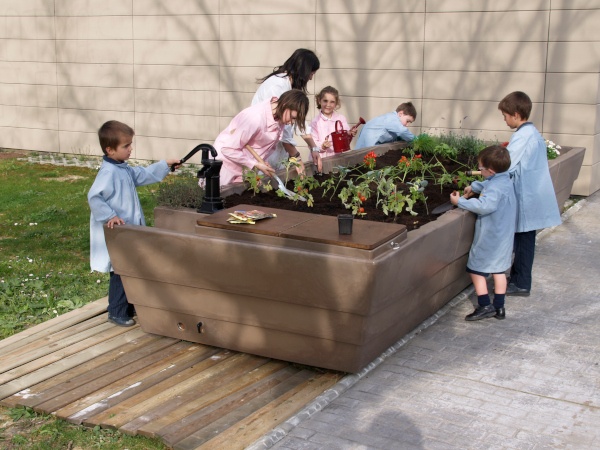
Some examples are school gardens, gardens established in public facilities (universities, educational centers, etc.), such as the Ecological Garden in Agrónomos or the Green Classroom Didactic Invernadero, or collective didactic gardens, in which the people who participate in they collaborate in the maintenance of the orchard while organizing free activities or courses designed as a learning practice.
In these orchards, the organization is in charge of teaching the participants cultivation techniques and raising their awareness of environmental issues, as they do in the HuertAula Cantarranas, which we visited a few months ago.
6. Therapeutic gardens
Work in horticulture and gardening is an alternative for leisure and recovery for all types of patients and vulnerable groups. These people thus increase their chances of distraction while promoting their physical and psychological well-being.
The garden as a therapy is increasingly considered by therapists in all kinds of centers, which is why gardens are becoming more and more common in nursing homes, in social integration centers, gardens in hospitals and other health centers, in prisons, schools for the disabled, etc.
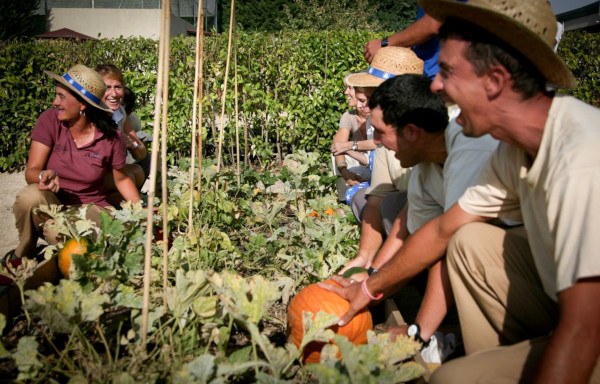
The Huerta de Montecarmelo is an example of how activity in the garden is beneficial for people with intellectual disabilities, for whom working in the gardens is a way to social integration and personal satisfaction.
7. Decorative gardens
Orchards are still green and beautiful spaces, and that is why more and more restaurants, hotels, homes and all kinds of public and private spaces make use of them with a dual purpose: food production and aesthetic improvement. of the environment.

You can see some examples of this type of orchard in the article Decorative Gardens or in the post about Gardens in hotels.
I hope you have found the article interesting and that you do not stop commenting adding more types of orchards that I have not mentioned!
References
- Blair, D., 2009. The child in the garden: an evaluative review of the benefits of school gardening. The Journal of Environmental Education, Vol. 40 (2), p. 15-38.
- Peña Fuciños, I., 2011. Horticultural Therapy-Social and Therapeutic Educational Horticulture. Personal Autonomy Magazine, No. 4, p. 32-41.
- Fernández de Casadevante, JL, 2011. Community gardens: planting other ways of inhabiting the city. The ecologist, nº 70, p. 43-47.
- Zaar, M., 2011. Urban agriculture: some reflections on its origin and current importance. Bibliographic Magazine of Geography and Social Sciences, vol. 16.
- Mejías Moreno, AI, 2013. Contribution of urban gardens to health. Habitat and Society, nº 5, p. 85-103.
- Morán Alonso, N. & Ferández de Casadevante, JL, 2014. To unwire. Urban agriculture, community gardens and urban regulation. Habitat and Society, no. 7, p. 31-52.

![Photo of Moss: [Characteristics, Formation, Properties and Reproduction]](https://www.complete-gardening.com/wp-content/uploads/2022/08/moss-characteristics-formation-properties-and-reproduction-390x220.jpg)

